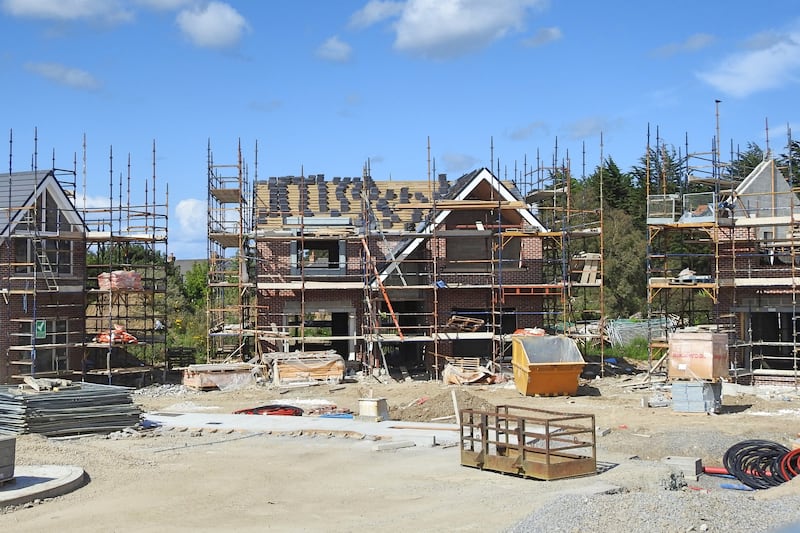The net wealth of Irish households rose by €6 billion in the second quarter of the year to hit a record €1.07 trillion, driven by an increase in financial investments even as the value of housing assets declined.
The net wealth figure, detailed in the Central Bank’s latest quarterly financial accounts on Thursday, equates to more than €202,500 for every man, woman and child in the State. That is based off a population figure of 5.28 million for the Republic as of last year, according to Central Statistics Office data published in September.
The overall increase was driven mainly by “positive revaluations for financial assets of €4.6 billion as well as new financial investments of €4.1 billion”, during the second quarter, according to the Central Bank.
Global equities, measured by the MSCI All Country World Index, advanced almost 6 per cent during the reporting quarter, though global investment-grade bonds dipped 1.5 per cent in value, according to Bloomberg data.
“Investment in new [Irish] housing totalled €2.7 billion over the quarter, above the post-pandemic average. However, with negative revaluations for existing properties of €5.5 billion, the value of total stock of housing declined by €2.8 billion and stood at €695 billion in the second quarter of 2023,” the Central Bank said.
Overall, total housing assets represented 65 per cent of total household net worth.
Dublin house prices have been declining on an annual basis since May, according to CSO figures.
[ Interest rate rises drive biggest postwar decline in UK household wealthOpens in new window ]
Household savings increased by €6.9 billion in the third quarter, driven by insurance and pension investments, deposits and money put into new housing.
The seasonally adjusted savings rate stood at 10.6 per cent, well below the average throughout the period impacted by the Covid-19 pandemic and closer to the pre-pandemic average, the report said. The savings rate peaked at 25 per cent at the height of lockdowns in 2020.
Irish government debt decreased slightly to €218 billion.














